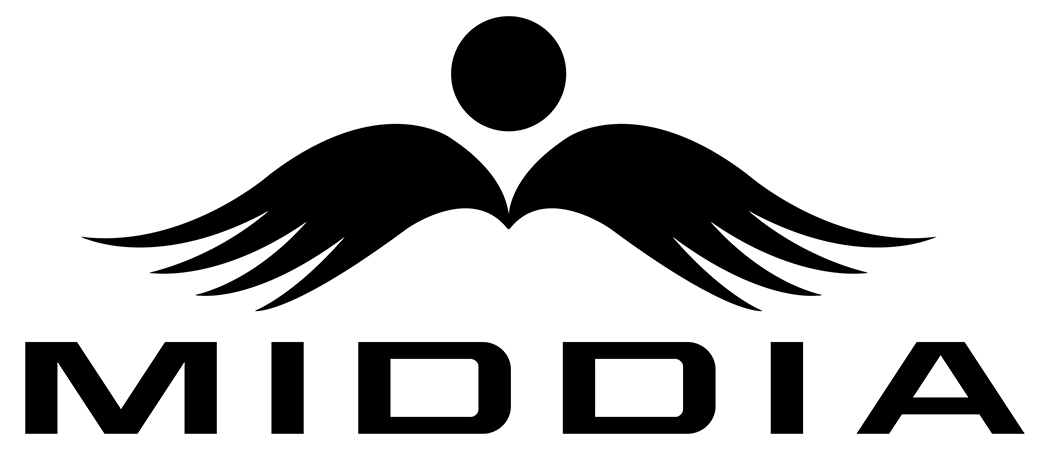When we decorate and install ceramic tiles in our homes, we always encounter this situation: the tiler master asks us:
Do you use adhesive backing or tile adhesive at home?
Some people also ask whether to use tile adhesive?
It is estimated that many friends will be confused.
I wonder if you can distinguish clearly between tile glue, tile adhesive and tile adhesive?
Tile Adhesive
Now whenever we hear someone talking about the thin-laying method, we can basically conclude that he is using tile adhesive, but it is not 100% accurate.
In fact, my personal understanding of tile adhesive is that it is the previous cement mortar with glue, but some improvements have been made in the formula and proportion. The three main materials of ceramic tile adhesive are actually quartz sand, cement and glue, with some additives added according to a certain ratio. This forms a special adhesive for ceramic tiles.
From the appearance point of view, except that almost all tile adhesives come in bags, their materials appear to be in powder form, which is very similar to the packaging of cement, except that the packaging is better-looking.
The method of using tile adhesive is generally stated on the bag of this product. It is to mix a certain amount of powder with a certain proportion of water, and then mix it evenly before use. In other words, it needs to be added with water before use.
Current tile adhesives are suitable for almost all types of tiles, including full-body tiles, antique tiles, and high-density tiles. Moreover, tile adhesive can be used not only for indoor tiles, but also for outdoor use. Its range of use is very wide.
Tile adhesive
Before I talk about tile adhesive, let me make something clear to everyone. The tile adhesive that many tiler masters talk about now is actually not the real tile adhesive. That's what they call tile adhesive. So, we must be clear about this, otherwise it will be easy to get confused.
My personal opinion is that the tile adhesive I am talking about should refer to marble adhesive and structural adhesive. This is a pure glue, not a polymer cement material. It is a completely different material from tile adhesive.
Judging from the appearance and packaging, tile adhesives are packaged in tubes or bags. The materials are all in paste form. tile adhesive exteriorThere are instructions on the page, describing the specific parts to be used, how to use them, and what to pay attention to when using them.
The main application area of tile adhesive is for pasting marble on exterior walls. Also, if we have large core board walls or gypsum board walls indoors, this tile adhesive can also be used for direct pasting. The method of pasting tile adhesive is to apply the tile adhesive directly on the back of the tile, and then press the tile onto the base layer. It relies on a chemical bonding force that is very strong.
Tile adhesive
Tile adhesive is not used to directly lay tiles. It is just a material used to treat the back of the tiles when laying them.
This is because the density of the current ceramic tiles is relatively high and the water absorption rate is relatively low. It cannot be adhered directly with cement mortar, so this material is produced, called ceramic tile adhesive.
Judging from the appearance, ceramic tile adhesive is generally packed in barrels. The material itself is liquid and is very similar to the 108 glue we used before. Essentially it's a glue. So we can easily distinguish it from tile adhesive and tile glue by appearance.
Usage: How to use ceramic tile adhesive?
When we bought vitrified tiles, full-body tiles, etc., ceramic tiles with low water absorption at home. Sometimes the tiler master may suggest you apply adhesive on the back of the tiles. How does it work?
First, rinse the back of the tile with water and dry it, then use a brush to apply tile adhesive on the back of the tile, and apply it fully and tightly. After applying adhesive on the tiles, put the tiles aside to dry naturally. The tile adhesive must be dried before use. Then follow the normal wet pasting method to paste the tiles that have been coated with tile adhesive.
Comparison of tile adhesives, tile adhesives, and tile backing adhesives
First of all, in terms of scope of application, I personally think that tile adhesives have the widest range of applications. All kinds of ceramic tiles can be used in various parts. Moreover, its bonding force relies on a combination of mechanical connection and chemical connection, and the bonding is very strong.
Secondly, from an operational perspective. Tile adhesive is the simplest. It just applies a layer of adhesive on the back of the tile and has no other effect. Ceramic tile adhesive is somewhat difficult to operate because it requires a thin application method. in addition, ceramic tile glue is just smearing glue and pasting, which is also very simple.
In terms of cost, tile adhesive should be the most expensive, followed by tile adhesive, and finally tile adhesive.
The senior sister has some suggestions on using adhesive materials to stick ceramic tiles when decorating your home~
To paste wall tiles in bathrooms and kitchens, it is best to use tile adhesive, and the second choice is tile adhesive.
Tile adhesive cannot be used directly.
If we have a post-made partition wall at home, which is a light steel keel gypsum wall, it is recommended to use tile adhesive to paste the tiles on the gypsum surface. Do not use tile adhesive and tile adhesive after treatment. paste method.

